 Mohan Sinha goes down the Yashwantrao Chavan Mumbai-Pune Expressway to experience the travails of a driver and the dangers that speed freaks pose to the others on this stretch
Mohan Sinha goes down the Yashwantrao Chavan Mumbai-Pune Expressway to experience the travails of a driver and the dangers that speed freaks pose to the others on this stretch
Indians love speed. Crouched behind a tripod on which is attached a computerised camera, on the side of the Yashwantrao Chavan Pune-Mumbai expressway, I realise, we live dangerously too. As a car approaches, I train the camera on the car’s registration number plate. I hear a click and look at the screen. It says 142 kmph. Then a cop, quick as a flash, armed with a paper, pen and (obviously) 6/6 vision, notes down the number. He then calls the cops waiting at the toll post ahead and gives them the number. The motorist is then fined.

 Of the 100-odd cars that I see hurtling past me, I count just three that are travelling between 80-90 kmph . The rest are all doing between 100-160 kmph. Ironically, there is a sign that greets motorists on the hi-speed highway – “Make driving safe on the expressway.”
Of the 100-odd cars that I see hurtling past me, I count just three that are travelling between 80-90 kmph . The rest are all doing between 100-160 kmph. Ironically, there is a sign that greets motorists on the hi-speed highway – “Make driving safe on the expressway.”
India’s first international-class speedway, that connects Pune and Mumbai was made fully operational in April 2002. Not only has it cut down travel time between Mumbai and Pune by almost an hour, it has also made driving a pleasure – until recently. The expressway handles about 30,000 PCUs* daily, and is designed to handle up to 1,000,000 PCUs. However, what the Highway Police are attempting to do is to nail speeding motorists with a solitary speed camera (one more is in the other lane and two more are under repair). The expressway cost Rs 1,630 crore to build and automatic speed cameras cost around Rs 10 lakh each! The cops, either need at least four times the number, or a state-of-the-art surveillance system.

 They say they have neither. But, according to SP, Highways B.G. Shekhar, there are 16 speed guns and 80 breathanalysers along the expressway. Just two were sighted when Car India travelled up and down the expressway on two consecutive days. An unnamed police official said there are just six in working condition. “The proposal to install enforcement cameras and vigilance cameras. was submitted in August 2010 and is in the pipeline,” he says. There is also the Rasta Suraksha Abhiyaan that is held at regular intervals to educate drivers. This has reduced fatal accidents by almost 206, he claims.
They say they have neither. But, according to SP, Highways B.G. Shekhar, there are 16 speed guns and 80 breathanalysers along the expressway. Just two were sighted when Car India travelled up and down the expressway on two consecutive days. An unnamed police official said there are just six in working condition. “The proposal to install enforcement cameras and vigilance cameras. was submitted in August 2010 and is in the pipeline,” he says. There is also the Rasta Suraksha Abhiyaan that is held at regular intervals to educate drivers. This has reduced fatal accidents by almost 206, he claims.

 In the 443 accidents that have occured on the expressway in 2010, 101 have been fatal with 103 people having lost their lives. This year, 12 major accidents have occurred so far, as this article goes to print. One software engineer lost his life recently after his car crashed when he was travelling to Mumbai to pick up his wife from Sahar airport; Three people died on February 21, when two trucks brushed past each other and one of them lost control and crashed; in early February, a Wagon R with at least ten passengers, was hit from the rear by a tempo; nine people died in that mishap. So why has this dream stretch become a nightmare? The reasoning that the casualty figures aren’t as high as some other highways, doesn’t really hold water, because we are not talking about a distance from Mumbai to Agra which is roughly 1,200 kms. We are talking less than 100 kms.
In the 443 accidents that have occured on the expressway in 2010, 101 have been fatal with 103 people having lost their lives. This year, 12 major accidents have occurred so far, as this article goes to print. One software engineer lost his life recently after his car crashed when he was travelling to Mumbai to pick up his wife from Sahar airport; Three people died on February 21, when two trucks brushed past each other and one of them lost control and crashed; in early February, a Wagon R with at least ten passengers, was hit from the rear by a tempo; nine people died in that mishap. So why has this dream stretch become a nightmare? The reasoning that the casualty figures aren’t as high as some other highways, doesn’t really hold water, because we are not talking about a distance from Mumbai to Agra which is roughly 1,200 kms. We are talking less than 100 kms.
 “Since January, 25 people have lost their lives on the expressway or have been brought into the hospital in a critical condition and succumbed to injuries,” says a doctor (name withheld) from the Lokmanya Hospital in Nigdi. The hospital, which is one of the closest to the e-way, gets at least one call per day regarding mishaps on this stretch.
“Since January, 25 people have lost their lives on the expressway or have been brought into the hospital in a critical condition and succumbed to injuries,” says a doctor (name withheld) from the Lokmanya Hospital in Nigdi. The hospital, which is one of the closest to the e-way, gets at least one call per day regarding mishaps on this stretch.
A fortnight ago, while returning from Mumbai, two staffers of Car India had a taste of an errant driver in a four-wheel drive, who came perilously close to their vehicle. They laughed it off by saying that he was probably admiring their jeep, but who’s to say he hadn’t fallen asleep on the wheel?
Shekhar says that 75 per cent of the accidents are a result of human error. Vehicles driven at night are involved in the maximum number of mishaps. There are a number of reasons for this – speeding, tiredness, inexperienced drivers, mechanical failures, disregard for motor vehicle rules, error of judgement etc.
“The State Home Minister realising the seriousness of the situation has sanctioned Rs 320 crore for Emergency Medical Response Teams (EMRT) on the expressway. Ambulances equipped with state-of-the-art services, manned by doctors and nurses, will be within 50 metres of any accident spot and their movements will be controlled by GPS,” he says.
 But let’s talk about those who use the e-way regularly. How many know and – if they know – care to observe the rule that they should be driving in the middle lane (or Lane No. 2)? The lane to the extreme right (lane No. 1) is ONLY for overtaking vehicles and the one to the extreme left is ONLY for heavy vehicles. On our drive on the e-way we see an MSRTC Shivneri bus and a Volkswagen fight for space, each trying to outdo the other!
But let’s talk about those who use the e-way regularly. How many know and – if they know – care to observe the rule that they should be driving in the middle lane (or Lane No. 2)? The lane to the extreme right (lane No. 1) is ONLY for overtaking vehicles and the one to the extreme left is ONLY for heavy vehicles. On our drive on the e-way we see an MSRTC Shivneri bus and a Volkswagen fight for space, each trying to outdo the other!
Motorists being fined at the Urse Toll Post initially refuse to believe that they are speeding and when shown the evidence try to bluster their way through. Some of the really absurd answers one hears are “I didn’t know there was a speed limit”; “let us go this time, we won’t speed again”; “I didn’t know the marker that says ‘80’ is a speed limit warning”! An MP from Pune district has even written to the authorities on February 16, demanding the removal of speed limits. There may be merit in his missive because one can’t expect a BMW, Volkwagen or a Mercedes to travel at 80 kmph. The authorities, realising that automobiles have become faster in the last decade are looking to raise speed limits.
The Highway Police too have a litany of complaints – some justified, some just excuses. Apart from the infrastructure issues mentioned above, there is also the problem of manpower shortage – one man doing the job of four. That is a convenient tool to use when they are confronted with traffic problems on the e-way. Take the problem of parking and stopping on the e-way. Signboards tell motorists loud and clear that halting is not permitted. But there are trucks and cars parked on either side of the tarmac. Not all of them have broken down. There are trailer/container trucks on the expressway and many of them are not allowed on the e-way. So how are they there?
 At the Maruti Mandir on the way down towards Mumbai, there is a line of trucks parked, leaving very little space for other vehicles. The reason? There is a tea shop next to the mandir, where truckers make a pit stop for a cuppa! What’s a tea shop doing there, bang opposite of which is the Highway Traffic Police Post? It is alleged that the tea stall owner has political connections and any attempt to move him from his perch is met with ‘resistance’ So he stays put.
At the Maruti Mandir on the way down towards Mumbai, there is a line of trucks parked, leaving very little space for other vehicles. The reason? There is a tea shop next to the mandir, where truckers make a pit stop for a cuppa! What’s a tea shop doing there, bang opposite of which is the Highway Traffic Police Post? It is alleged that the tea stall owner has political connections and any attempt to move him from his perch is met with ‘resistance’ So he stays put.
There are also incidents of vehicles being driven on the wrong side. Apart from four-wheelers, the biggest culprits are the beat marshals and cops on two-wheelers. Or are they exempt from the rules? More importantly, why are they riding motorcycles, when two-wheelers are banned on the e-way? Shouldn’t ‘charity’ begin at home? Incidentally, two police jeeps are lying in the workshop, one for over a year and the other for six months. The government claims it does not have the funds!
However, some cops not wishing to come on record, say that the drivers should be made to pay hefty fines along with the toll. They have asked for a steep rise in penalties for speeding and rash driving. But these demands are still pending with the higher authorities, they claim. So until that happens, passengers continue to live dangerously and flirt with death on the Mumbai-Pune Expressway, because drivers don’t believe in following the rules.





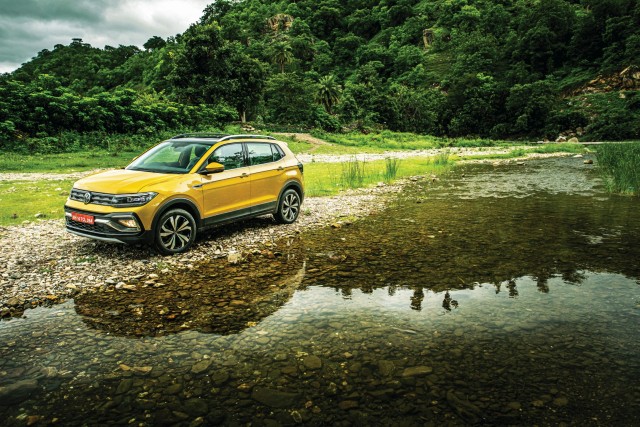
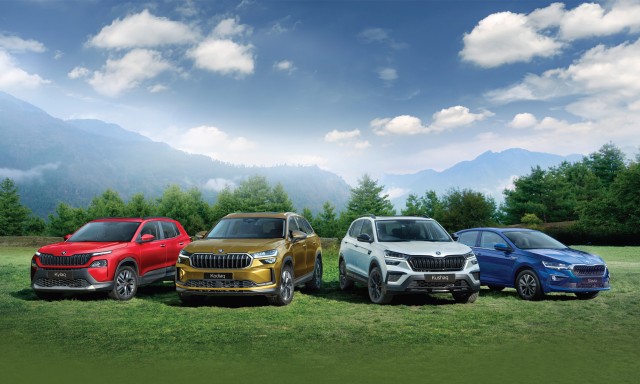

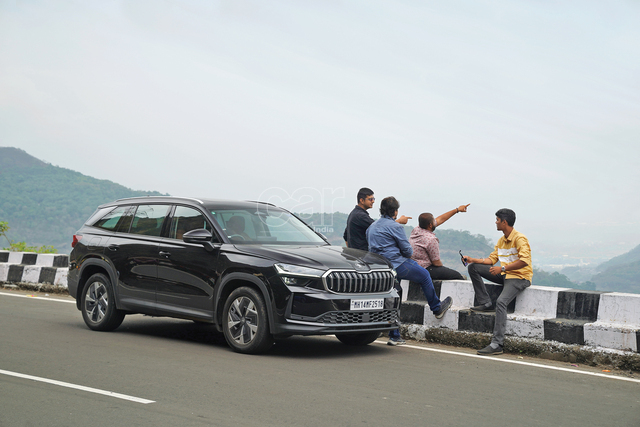


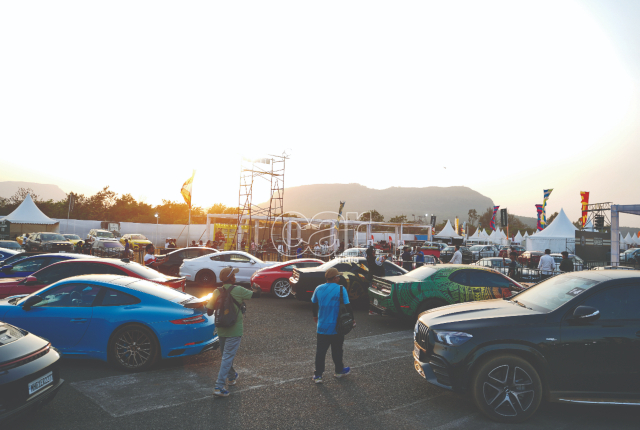
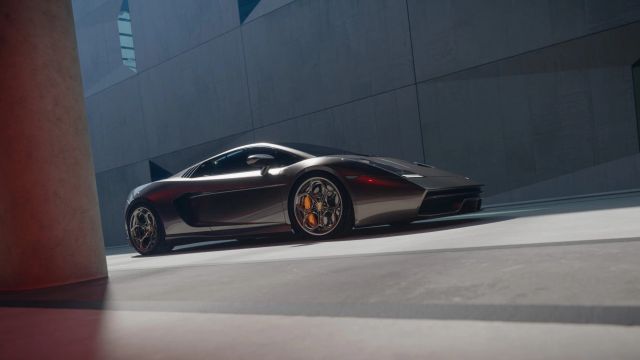
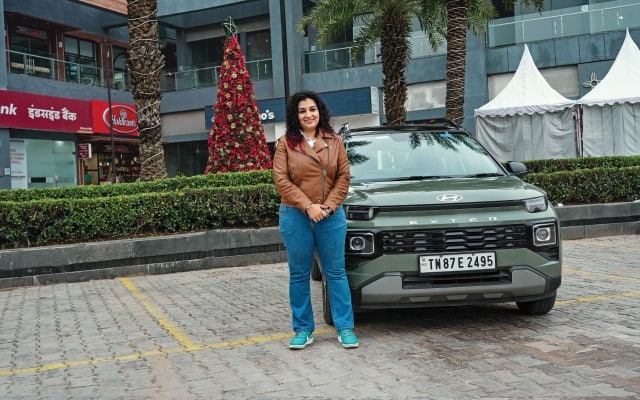
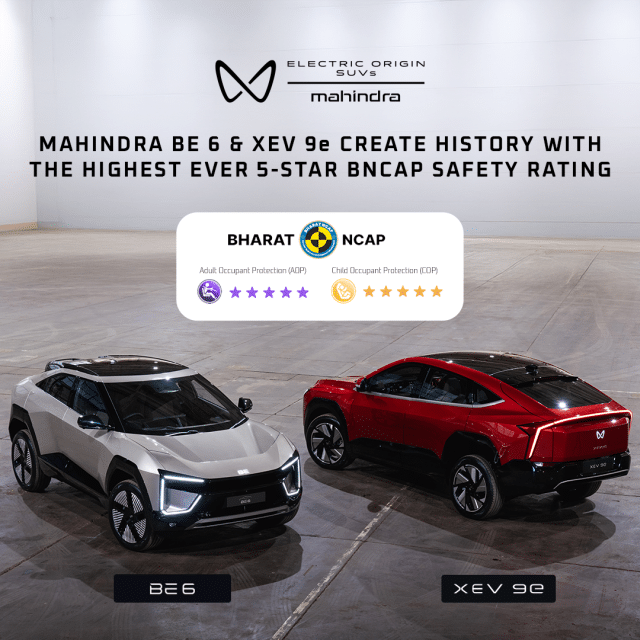
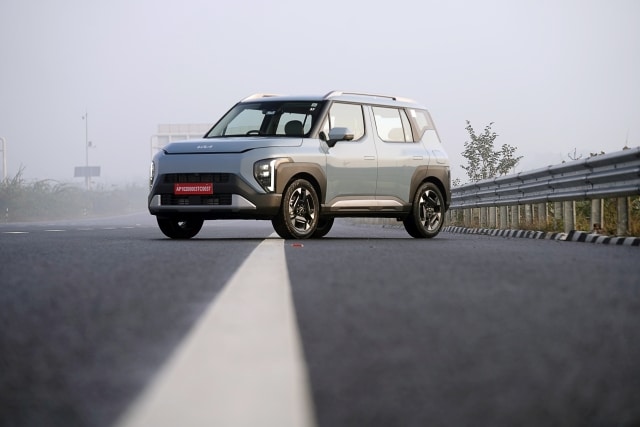
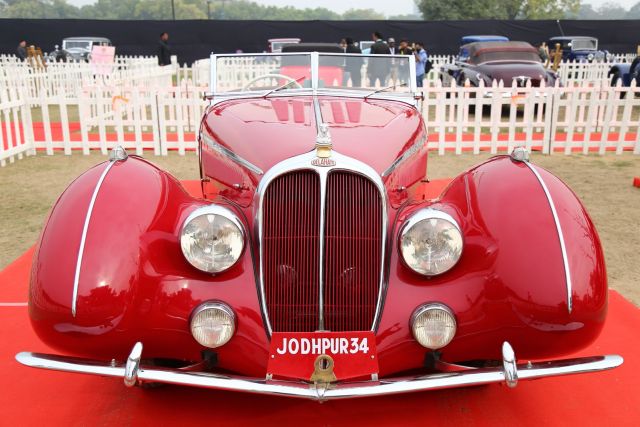



Leave a Reply